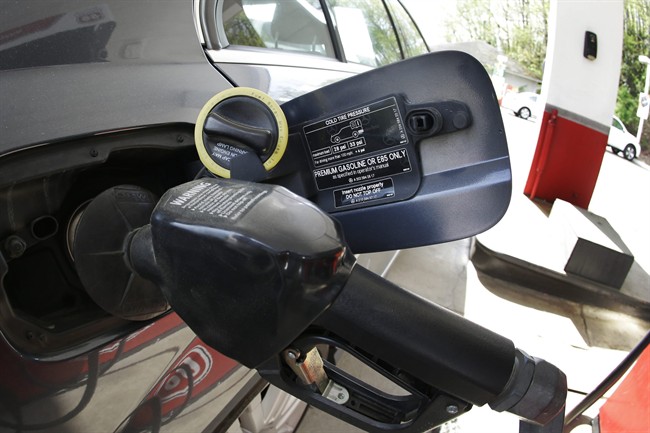OTTAWA – A big jump in energy costs and cigarette prices helped push up Canada’s inflation rate to 1.5 per cent last month, matching the highest level in the annualized consumer price index in almost two years.

The increase, while significant, was mostly in line with analyst expectations, who had calculated that the observed strengthening of oil and natural gas prices last month would play a dominant role in the report Thursday.
The biggest contributor was energy, which rose 4.6 per cent overall, but also included a 17.9 per cent jump in the natural gas index, while electricity was five per cent higher and the cost of fuel oil increased 9.1 per cent.
But also noteworthy was a 7.6 per cent increase in cigarette prices, due mostly the addition of new excise taxes on the product announced in the February federal budget.
Regionally, the biggest jump in inflation occurred in Alberta, where natural gas prices skyrocketed 81.5 per cent over last year’s levels and 49.6 per cent over February. The province’s annual inflation rate shot up to 3.9 per cent in March from 2.4 in February.
On a month-to-month basis, average consumer prices climbed 0.6 per cent, mostly due to a three per cent increase in gasoline from February.
On Wednesday, Bank of Canada governor Stephen Poloz said he expects inflation to steadily climb to near the bank’s desired two per cent target over the next few months, but added that he believed the trend was mostly due to temporary factors, particularly energy.
For a clearer picture of underlying inflationary pressure, Poloz said he would pay more attention to the core index, which excludes volatile items and in March remained tame. It inched up just one-tenth of a point to 1.3 per cent.
Poloz said he does not expect core inflation to get back to the two per cent target until the beginning of 2016, by which time he believes the Canadian economy will be back to performing at full capacity and most economists expect the Bank of Canada will start hiking interest rates.
Overall, Statistics Canada said prices rose in six of the eight major components, although most of the gains were modest.
Food prices, which play a major role in the overall inflation rate, were 1.5 per cent higher in March as they were a year ago, the same level of increases observed in February, although fresh fruit was 8.8 per cent higher, fresh vegetables cost 5.3 per cent more and meat was up 3.4 per cent.
Meanwhile, shelter costs advanced 2.7 per cent, largely the result of increases in natural gas, electricity and fuel oil, but property taxes also contributed. Automobile prices rose 1.5 per cent on an annualized basis.
March was a good time to buy clothing and shoes, however, as prices on those personal items slipped 1.4 per cent over last year, while health and personal care dipped 0.2 per cent, mostly due to a drop in prescribed medicine charges.



Comments